Dietary trends away from dairy products, plus the increasing popularity of plant-based alternative milks, have contributed to an increased risk for iodine deficiency across Europe, according to a new report by the World Health Organization (WHO) Regional Office for Europe and the Iodine Global Network (IGN). The report notes that most salt consumption now comes from meals prepared out of the home and processed foods, which may use noniodized salt, and urgently calls for iodine fortification of all salt and plant-based alternatives to dairy products.
"Even mild [iodine] deficiency, which exists throughout Europe, has a major impact on population health and the economy," said Werner Schultink, PhD, executive director of the IGN, in a press release for the report launch.
The report notes that historically, much of the European population was affected by endemic iodine deficiency. A century ago, severe deficiency disorders such as endemic goiter, clinical hypothyroidism, and severe congenital iodine deficiency disorder (previously referred to as cretinism) were widespread. Preventive measures, including salt iodization, mean these are now controlled. However, mild iodine deficiency remains "a widespread problem in the European region," the report said.
Health Risks Across the Lifespan
The potential consequences of iodine deficiency include effects on brain development in early life and increased risk for goiter, thyroid nodules, and hyperthyroidism in adults; the risks of untreated hyperthyroidism include cardiac arrhythmia, heart failure, osteoporosis, adverse pregnancy outcomes, and cognitive impairment in older people.
Yet recent changes in dietary habits have led to a heightening risk for minor iodine deficiency since the last WHO report was published 15 years ago.
"The shift towards plant-based dairy alternatives, particularly among women, who already bear a higher risk of iodine deficiency and thyroid diseases than men, is concerning for their iodine nutrition, especially in countries relying on milk as a source of iodine, as most dairy alternatives do not contain it," said Dr Hans Henri Kluge, WHO's regional director for Europe, in the press release. He warned that the problem could be reemerging in some countries in the region.
Pre-Prepared Foods Now Large Source of Salt Intake
Salt iodization remains the main strategy across Europe to ensure adequate iodine intake, but this too has been affected by dietary and lifestyle changes. Foods produced or cooked outside the home, such as bread, processed meats, or ready-to-eat meals, are now "the main sources of salt in a western diet," the WHO said, comprising 70%-80% of the total. These foods are often prepared using non-iodized salt. For example, surveys have shown that only 34% of salt in processed foods in Switzerland was iodized, and the proportion was as low as 9% in Germany.
Many countries in Europe already acknowledge the benefits of fortifying certain food staples with iodized salt, such as bread, said Rodrigo Moreno-Reyes, MD, PhD, lecturer on endocrine physiology at the Université Libre de Bruxelles and IGN's regional coordinator for Western and Central Europe, speaking to Medscape Medical News.
"In countries where the use of iodized food-grade salt in households and processed foods is mandatory, particularly in domestic products such as bread, bakery, and processed meats, population iodine status is generally adequate," he said.
Similarly, in countries with more than 80% use of iodized salt in the bakery industry, such as Armenia, Belarus, Belgium, Georgia, Moldova, and the Netherlands, population iodine intake and status are optimal, he explained.
Salt: The Optimal Fortification Vehicle
Salt iodization is a highly cost-effective intervention, he added. The WHO/IGN report notes that salt is "an optimal vehicle for iodine fortification."
 Maria Andersson, PhD
Maria Andersson, PhDReport co-author Maria Andersson, PhD, a dietitian and senior scientist at University Children's Hospital Zürich in Switzerland, explained to Medscape Medical News that compared with wheat flour fortification, salt is a vehicle consumed by everyone in the population in relatively small amounts. "It reaches everyone in the general population," she said, with no risk for excessive intake because the level of iodine in iodized salt is adapted to the current salt intake.
Furthermore, she added, it is relatively easy and cheap to add iodine to salt, and the iodine content is stable if salt is properly packed, which is the case in Europe.
However, the report highlights that mandatory fortification with iodine in many countries applies only or mainly to table salt, and not to that used in food production. At the same time, people are consuming more processed and less home-cooked food, to which they might add table salt, and they are also consuming less iodine-rich food, such as dairy milk and fish.
Dietary trends such as these have more bearing on the issue than does recent public health advice to reduce salt consumption, Andersson explained. However, "as less salt is consumed, it is even more important that it is iodized."
Although the escalating consumption of processed foods has also been blamed for the obesity epidemic now affecting much of Europe, iodine deficiency is not directly associated with obesity. "If most salt consumed is iodized, the iodine intake will be sufficient."
Double Burden: Overfed but Undernourished
The escalating consumption of processed foods has also been blamed for the obesity epidemic now affecting much of Europe.
 Sarah Bath, PhD
Sarah Bath, PhDThe coexistence of iodine deficiency and overweight/obesity is known as the "double burden of malnutrition," said Sarah Bath, PhD, senior lecturer in public health nutrition at the UK's University of Surrey and a registered dietitian with a main research interest in iodine. This can apply within individuals and at the population level and involves overnutrition and undernutrition coinciding with each other.
"Diets may be high in energy but low in other nutrients, particularly micronutrients including iodine," she said.
The WHO/IGN report stresses that the health risks of minor iodine deficiency are particularly high for women during pregnancy because they have higher iodine needs, and iodine intake is especially important for fetal brain development prior to and during pregnancy. Yet women are more likely to switch away from dairy consumption and favor plant-based milks as an alternative.
The WHO Regional Office for Europe and the IGN issued an urgent joint call for iodine fortification of all salt and plant-based dairy alternatives across the WHO European region. Although policies to reduce sodium intake are important, the report's authors say people should be advised to use less, but always iodized, salt to prevent iodine deficiency.

.webp) 2 days ago
4
2 days ago
4
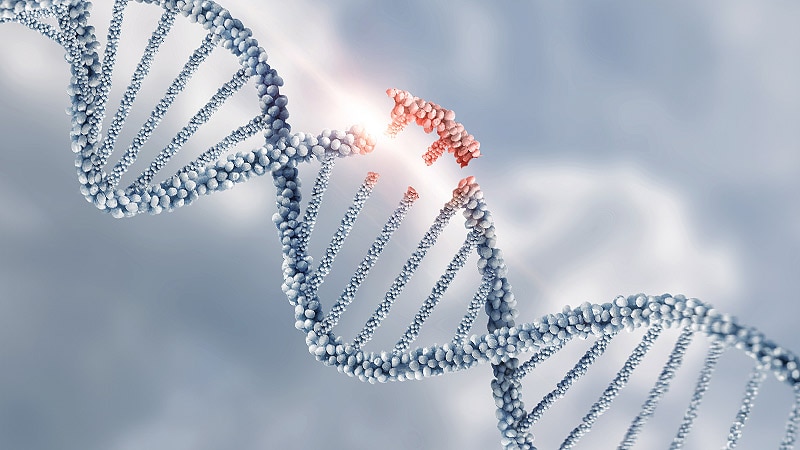

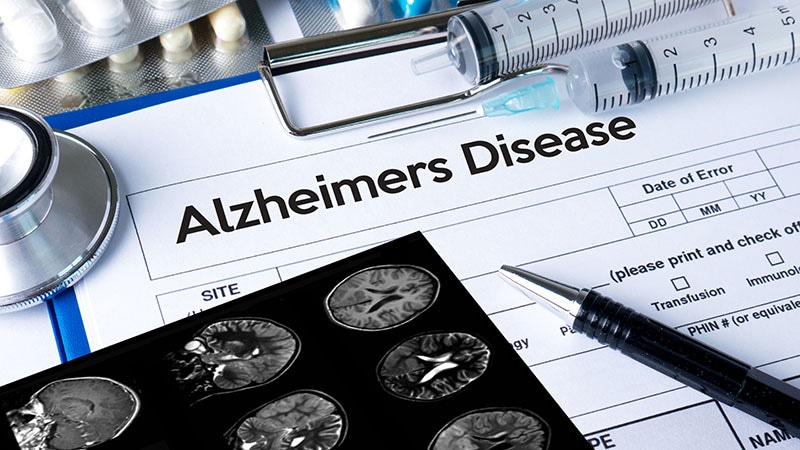
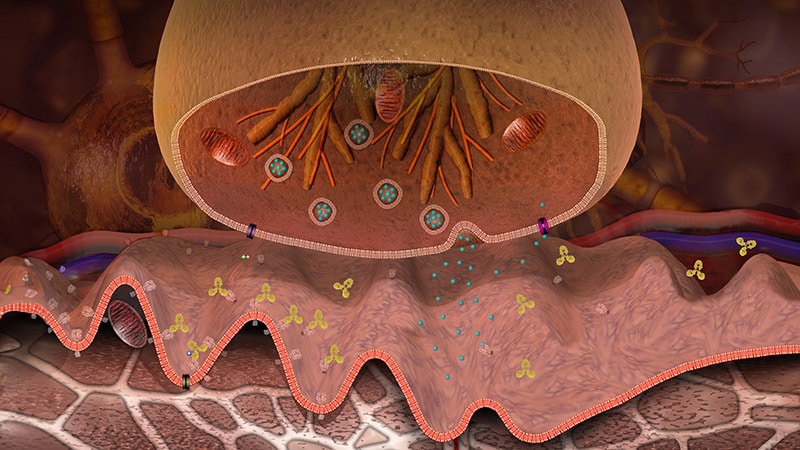

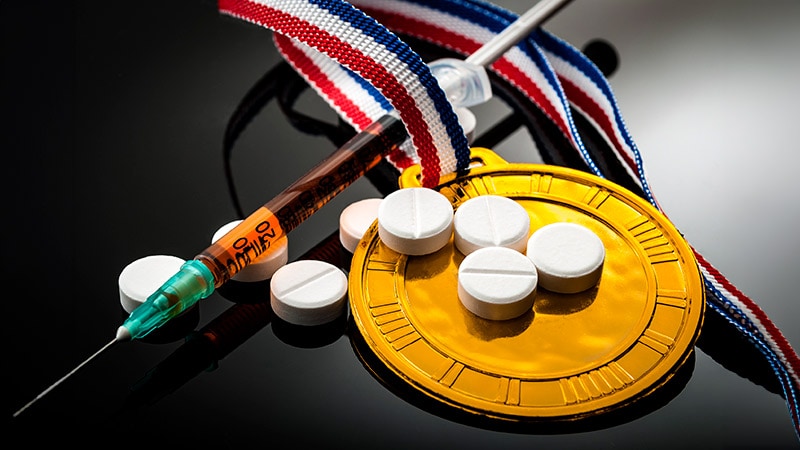




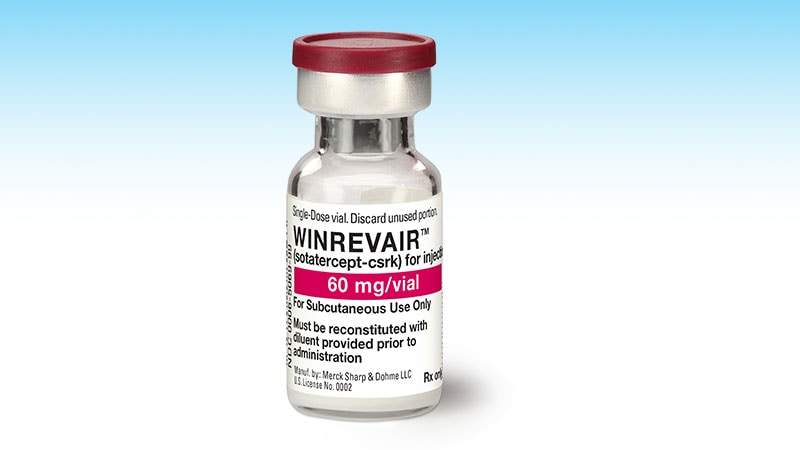
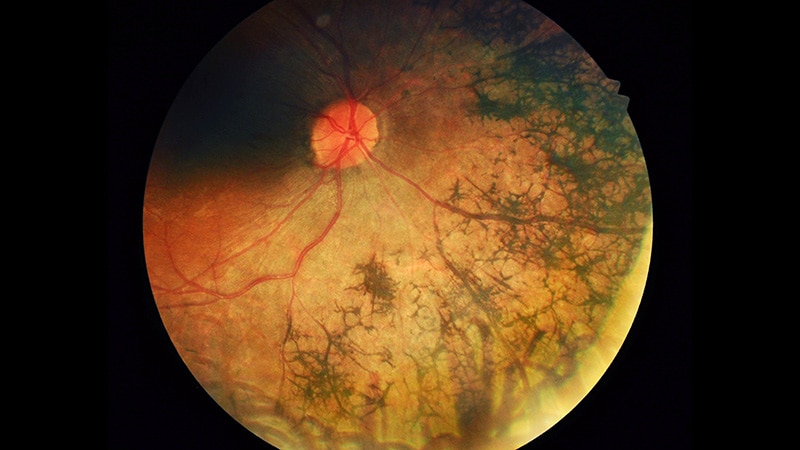

















 English (US)
English (US)